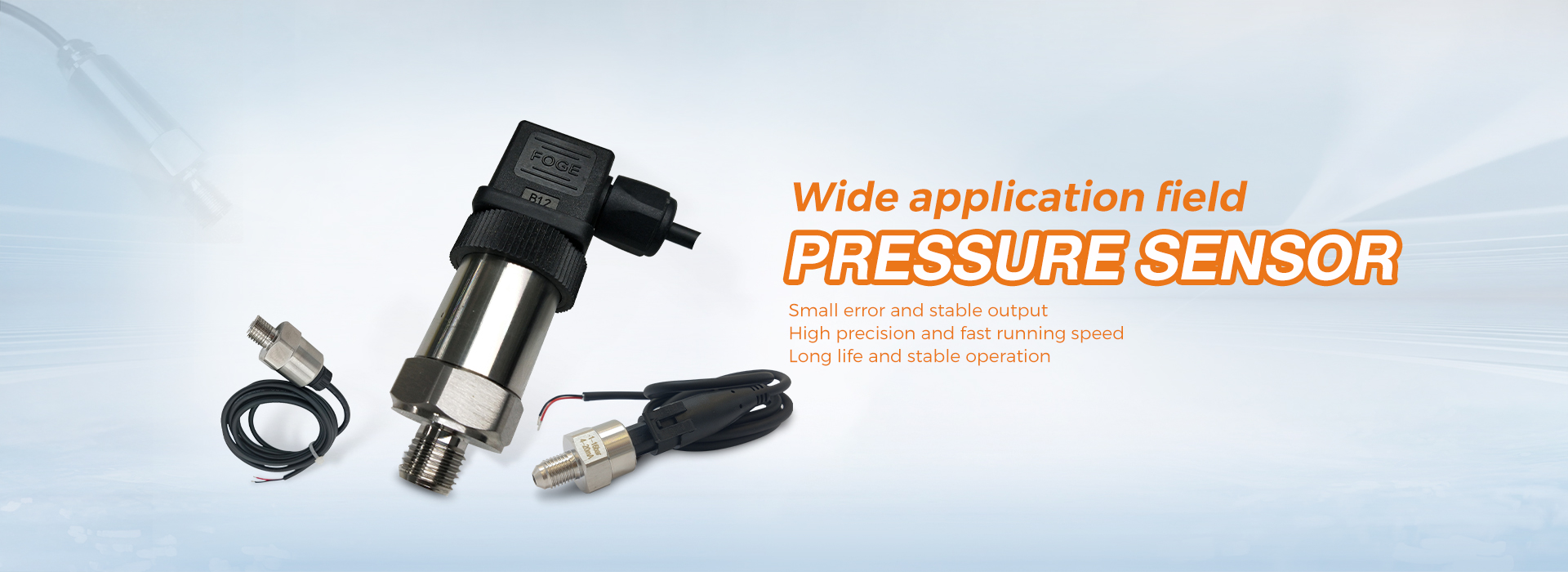When choosing a pressure sensor, we have to consider its comprehensive accuracy, and what are the influences on the accuracy of the pressure sensor? In fact, there are many factors that cause the sensor error. Let us pay attention to the four errors that cannot be avoided when selecting a pressure sensor. This is the initial error of the sensor.
First Offset Error: Since the vertical offset of the pressure sensor remains constant over the entire pressure range, changes in transducer dispersion and laser trim corrections will create offset errors.
The second is the sensitivity error: the size of the error is proportional to the pressure. If the sensitivity of the device is higher than typical, the sensitivity error will be an increasing function of pressure. If the sensitivity is lower than typical, the sensitivity error will be a decreasing function of pressure. This error is caused by changes in the diffusion process.
The third is the linearity error: this is a factor that has less influence on the initial error of the pressure sensor, which is caused by the physical nonlinearity of the silicon chip, but for sensors with amplifiers, the nonlinearity of the amplifier should also be included. The linear error curve can be a concave curve or a convex curve load cell.
Finally, there is the hysteresis error: in most cases, the hysteresis error of the pressure sensor is completely negligible because of the high mechanical stiffness of the silicon chip. Hysteresis errors are generally only considered in situations where pressure changes are large.
These four errors of the pressure sensor are unavoidable. When selecting the pressure sensor, we must choose high-precision production equipment, use high-tech to reduce these errors, and can also perform a little error calibration when leaving the factory, to the greatest extent possible. To reduce errors to meet customer needs.
Post time: Oct-25-2022



